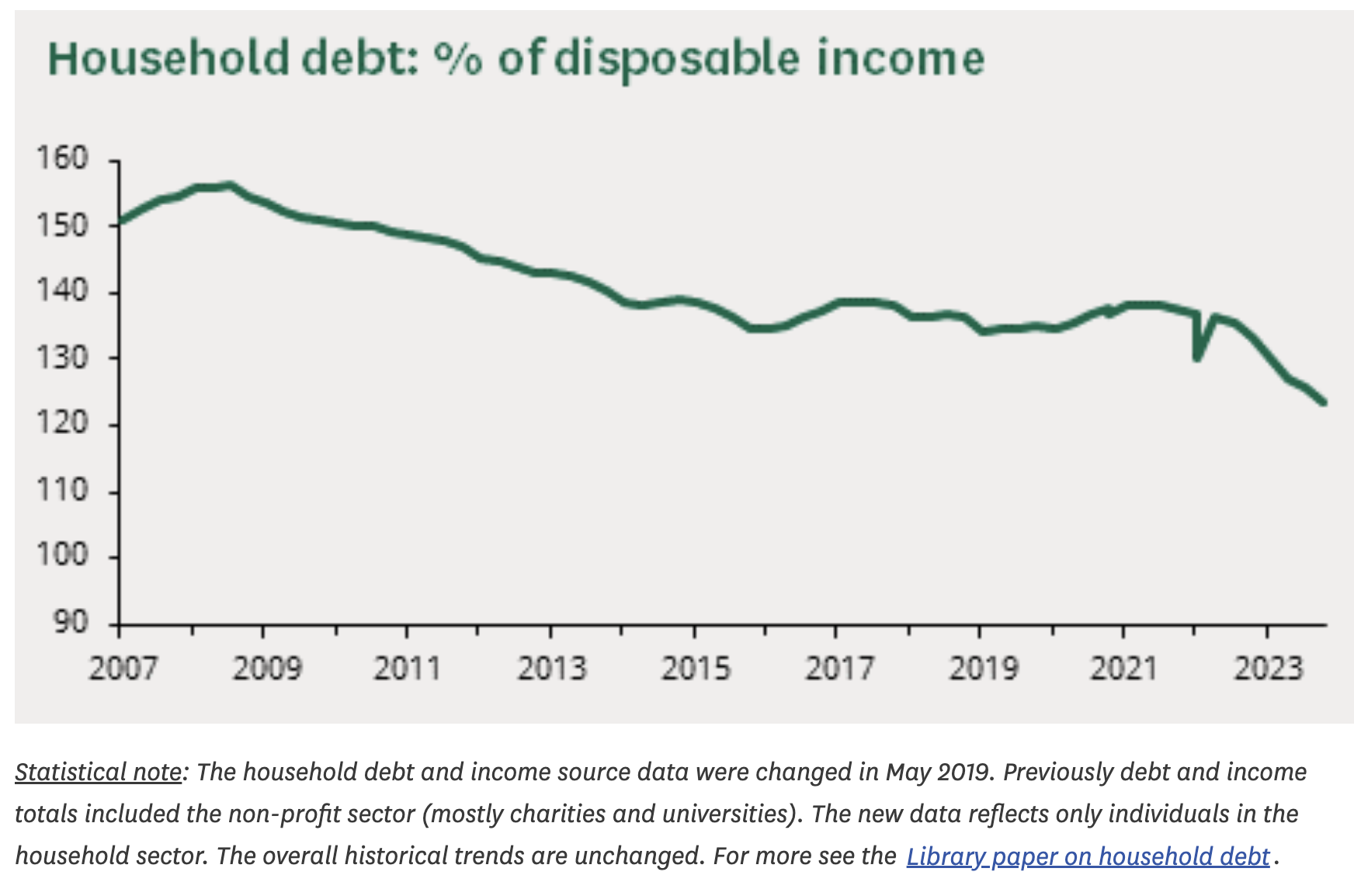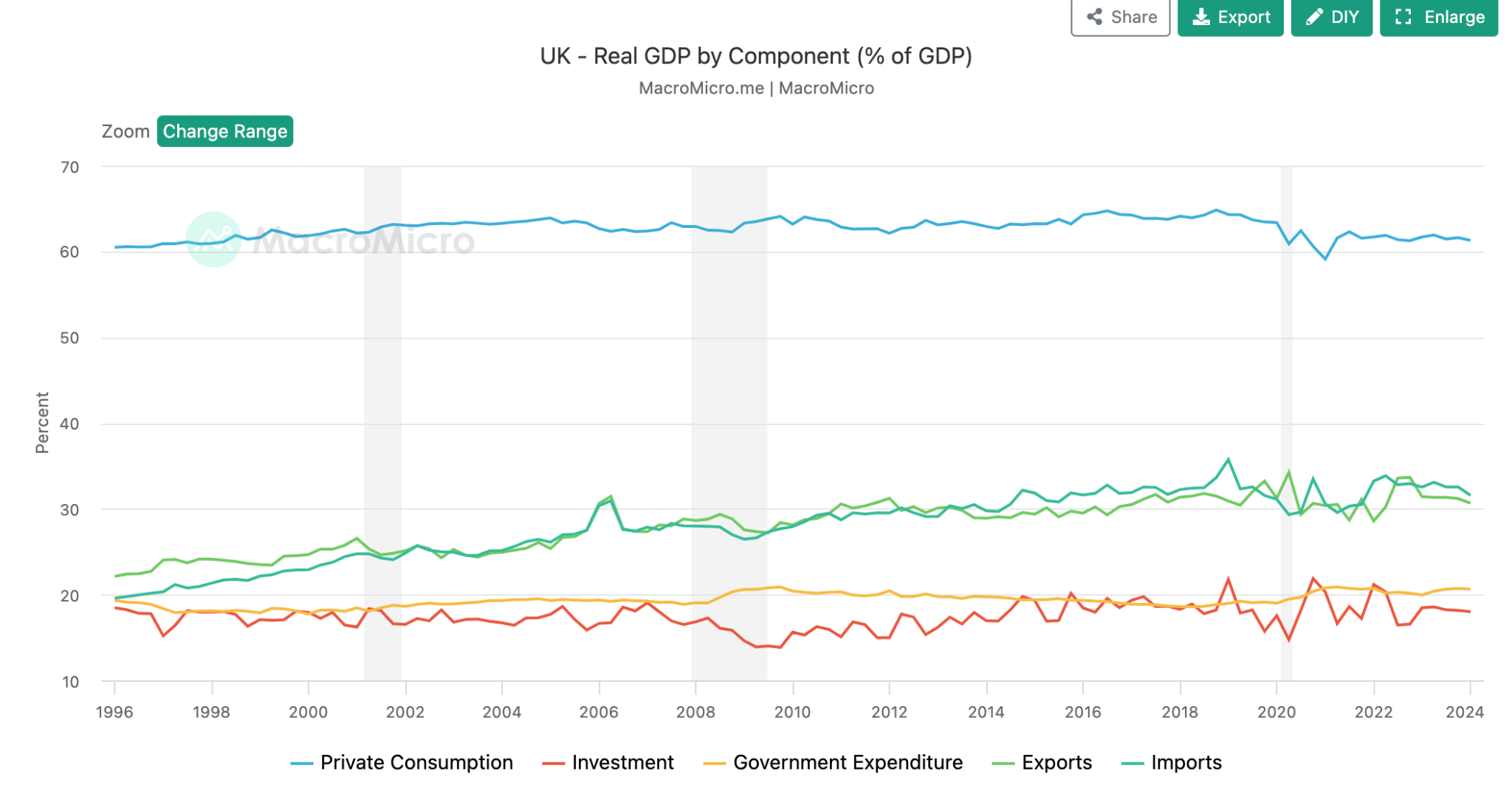This week, both the Federal Reserve (FOMC) and the Bank of England (MPC) will hold interest rate decision meetings.
The market expects an 85.8% chance of a 25 bps rate cut by the Fed in September, with a 13.8% chance of a 50 bps cut, due to rising unemployment and easing CPI. However, the likelihood of a rate cut this week is only 4.1%.
Former NY Fed President Dudley advised a rate cut in July. The Fed, under Chairman Powell, delayed rate hikes in 2021, calling inflation transitional, and only started raising rates in 2022 after the Russian-Ukraine conflict, leading to rapid rate hikes.
The market has priced in a September rate cut, and this FOMC meeting will likely hint at it to avoid stock market volatility.
In my previous article The unemployment triggered Sahm Rule, I discussed the slow down of the US economy.
Source: Adopted from Reuters
Historically, the US Dollar Index tends to weaken at the beginning of a rate-cutting cycle. As a result, we might see it test the support range of 99.5 to 100.7 once more.
BoE will cut rates?
The Bank of England (BoE) was the first among G7 central banks to raise interest rates at the end of 2021. Now, with the European Central Bank and the Bank of Canada having started to lower their rates and the market anticipating a similar move from the Federal Reserve, attention has turned to the BoE's next decision. It is likely that the BoE will reduce rates by 25 basis points this week.
Governor Andrew Bailey has indicated that the market's expectation of a rate cut from the Bank of England, which has been anticipated since February, is justified. This suggests that he is also considering a rate cut this year.
UK unemployment rate
UK unemployment is on the rise, activating the Sahm rule. Since Brexit, the UK has consistently experienced a shortage of workers. Annual wage growth decreased from 5.9% in the three months ending in April to 5.7% in the three months ending in May, signaling an economic slowdown.
Source: Tradingecnomics
UK inflation has fallen to 2%, aligning with the central bank's target. However, with consumer confidence at -13 and retail sales declining by 1.2%, the Bank of England faces pressure to ease monetary policy to support economic growth. In the current household debt deleveraging cycle, stimulating the economy presents significant challenges. Given that private consumption accounts for 60% of the UK GDP, it is crucial for policies to focus on stabilising consumption to foster growth.
Source: UK parliament
Technical analysis
GBPUSD stochastic indicator at the time of writing is below 30, indicating oversold conditions. The price is situated between the 20-day Simple Moving Average (SMA) and the lower Bollinger Band, reflecting this bearish pressure. The pair has failed to find support at the 23.6% and 38.2% Fibonacci retracement levels, making the 50% Fibonacci level the next critical support zone to watch.
Conclusion
The Federal Reserve is anticipated to maintain current interest rates this week but is expected to signal a possible rate cut in September, aligning with market expectations. Conversely, the Bank of England is projected to reduce rates by 25 basis points this week, based on remarks from Governor Andrew Bailey. The divergent signals from the Fed and the BoE may create a balancing effect, potentially leading to a range-bound movement for GBPUSD in the near term.
The information contained within this article is for educational purposes only and is not intended as financial or investment advice. It is considered accurate and correct at the date of publication. Changes in circumstances after the time of publication may impact the accuracy of the information. The performance figures quoted refer to the past, and past performance is not a guarantee of future performance or a reliable guide to future performance. No representation or warranty is given as to the accuracy or completeness of this information. Do your own research before making any trading decisions.
Recommended Content
Editors’ Picks
EUR/USD holds above 1.0800 after mixed GDP data

EUR/USD continues to fluctuate above 1.0800 on Tuesday. The data from Germany showed that the GDP contracted at an annual rate of 0.1% in the second quarter. On a positive note, the Eurozone GDP expanded 0.6% in the same period. Focus shifts to German inflation data.
GBP/USD rises above 1.2850, US jobs data eyed

GBP/USD is finding fresh demand above 1.2850 in the European session on Tuesday. A modest recovery in risk appetite lifts the Pound Sterling at the expense of the safe-haven US Dollar. Traders now look to the key US jobs data before placing fresh bets.
Gold picks up against a weaker Dollar ahead of central banks’ decisions

Gold price (XAU/USD) found buyers after a moderate pullback on Monday. The precious metal has been going through a mild recovery during Tuesday’s Asian session that has continued in the European morning.
Bitcoin price declines as US Government transfers funds worth $2 billion

Bitcoin (BTC) stabilizes around the $68,000 level on Tuesday after failing to close above $70,000 the day before. The US government moved $2 billion worth of Bitcoin from Silk Road's confiscated funds on Monday.
US JOLTS Preview: Job openings expected to inch lower in June

The US JOLTS data will be watched closely by investors ahead of the July jobs report. Job openings are forecast to edge lower to 8.03 million on the last business day of June. Markets fully price in a 25 bps Fed rate cut in September.




